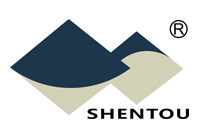CHINA AUTOMOTIVE SUPPLIER QUALITY MANAGEMENT BRIEFING
06/06/2019
Vol. 3, No. 6, June 2019

① QUALITY CHALLENGES & SOLUTIONS WITH YOUR SUPPLIERS IN CHINA
Case study of quality issues in product development, production, packing & transportation (I)
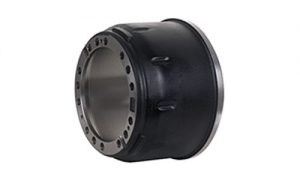 Case One: Quality issues in the development, production, packing and transportation of aftermarket brake drums
Case One: Quality issues in the development, production, packing and transportation of aftermarket brake drums
(Continued from the last issue)
Issue Description (3): Quality problems in the machining process of the brake drums include bad inner surface roughness; out-of-spec chamfer resulting in difficult installation, out of tolerance gap with hub, or cracks from forced mounting; run-out because of roundness issues; incorrect center hole position.
Case Analysis: Very few aftermarket buyers would specify requirements on run-out, cracks, central hole positioning, and chamfering when they make purchase from their aftermarket suppliers. The resulting quality issues are almost always discovered after the buyers ship the products to their customers and then receive the complaints when the customers try to install the drums. Claims will then be raised to the suppliers for compensations.
We suggest that before ordering from new suppliers, detailed discussions and confirmations with the suppliers are necessary on such details as the run-out, cracking, chamfering, dimensional and geometric tolerances. Meanwhile we should make sure that these requirements are also included in the inspection standards and ask the suppliers to undertake pre-shipment inspections.
In addition, we should regularly audit the suppliers’ quality management systems, encouraging the suppliers to make continuous improvement to ensure the effectiveness of preventive measures.
By Felix SS YUAN
② CRITICAL FAILURE MODES / QUALITY CONTROL POINTS IN FOCUS
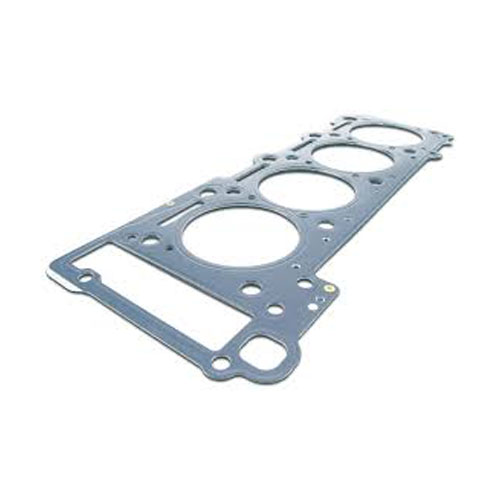
Cylinder head gasket
Located between cylinder head and cylinder block, the cylinder head gasket is used to fill the gap between them, improving the airtightness of the interface and preventing the cylinder and water jackets from leaking. Depending on thermal load and design of the engine, cylinder head gaskets are classified as asbestos gaskets, metal gaskets and skeleton gaskets.
Failure of the cylinder head gaskets will affect the engine power directly, leading to the failure of lubrication, cylinder head gaskets damage, as well as more friction between key mechanical components resulting in the breakdown of the engine.
The primary failure modes:
1. Cylinder lack of pressure;
2. Cylinder head leaking gas and oil;
3. Metamorphic oil resulting from high-temperature gas in the oil ducts;
4. Engine overheat or water tank over-pressure from high-temperature gas in water jackets;
5. Failing emulsification of engine oil when mixing with jacket water.
Key Inspections of Finished Product and Quality Control Point
1. The gasket should be flat.
2. Scratches are not allowed on the surface of cylinder head gasket; sealants should be closed without breakages.
3. Burrs are not allowed on the cylinder head gasket.
4. Check whether all the holes are correct. (Check the bedding degree with the cylinder head gasket to avoid using incorrect model)
By Carlos WJ LIN
③ KEY CONCEPTS & PRACTICES IN SUPPLIER QUALITY MANAGEMENT
APQP
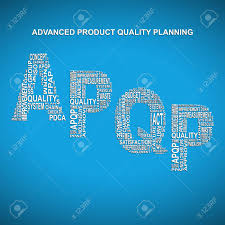 One of the five Quality Core Tools for the automotive industry is the Advanced Product Quality Planning (APQP).
One of the five Quality Core Tools for the automotive industry is the Advanced Product Quality Planning (APQP).
APQP is a structured process that includes critical tasks from concept approval through production. The aim is to create a product quality plan for developing and manufacturing products that meet customer requirements with effective communication, timely completion of the tasks, reduction of quality issues, and minimization of quality-related risks during product launch.
This planning uses a five-phase process:
1. Product Planning and Quality Program Definition
2. Product Design and Development
3. Process Design and Development
4. Validation of Product and Process
5. Production Launch, Assessment, and Improvement
Control Plans are typically used to summarize the identified process and product parameters required to maintain product conformity.
④ CHINA INDUSTRY & MARKET UPDATE
Cost of raw materials:
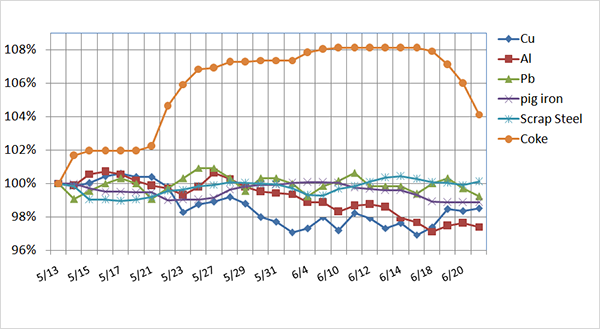
Exchange rates:
![]() USD/RMB: 1:6.90
USD/RMB: 1:6.90
![]() EUR/RMB: 1:7.63
EUR/RMB: 1:7.63
![]() RUB/RMB: 1:0.1067
RUB/RMB: 1:0.1067
June 2019
The above information is for reference only
⑤ IT HELPS TO KNOW...
 As June is coming to an end, the highest temperatures in many cities in China have already reached the high 30th. With the coming of the hot summer months, the automotive industry in China is also expecting an uneasy time ahead.
As June is coming to an end, the highest temperatures in many cities in China have already reached the high 30th. With the coming of the hot summer months, the automotive industry in China is also expecting an uneasy time ahead.
With the trade war between the US and China entering a critical stage, we’ve seen more and more nervous Chinese manufactures that have been affected by the US tariffs start to look for ways to mitigate the negative impact. Some are
already considering moving their production bases to other countries in the region, many are trying to expand their business into markets that previously are not priorities.
While the overall long term impact of the trade war on the Chinese automotive manufacturing landscape is still hard to predict now, any changes, when the dust settles, are surely fundamental.
For companies traditionally focusing on non-US markets, the direct negative impact on them is relatively light, but the efforts by the affected manufactures looking to make up for their lost US business in other markets also mean more competition.
SHENTOU SUPPLY CHAIN MANAGEMENT CO. LTD. is a Shenzhen, China, based company serving international automotive clients in the implementation of their China strategies and programs. CHINA AUTOMOTIVE SUPPLIER QUALITY MANAGEMENT BRIEFING is a bi-monthly newsletter published by Shentou to address the specific and unique quality challenges and concerns international automotive companies face with suppliers in China. Comments are welcome at qms@shentou.com. Click here to subscribe.
